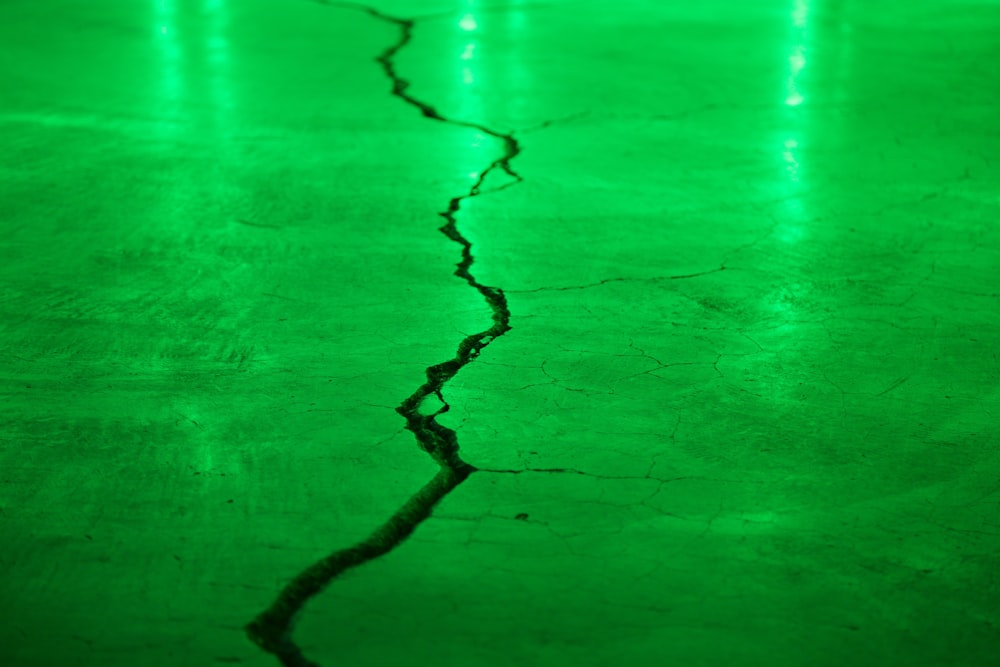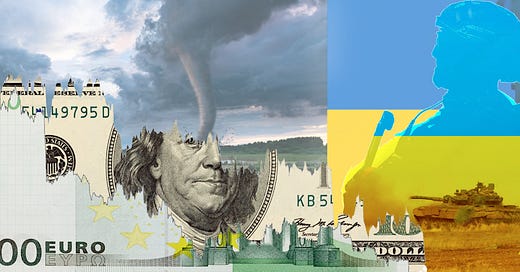Everything’s expensive. Doesn’t matter if you’re buying fuel in the United States, bread in the Middle East, potatoes in Germany or paying your utility bills in Pakistan — there’s a steep price to pay for living. Join us in this week’s The Global Tiller as we try to understand what’s causing global inflation and what, if any, is the way forward.
Inflation under certain levels is not necessarily a bad thing. I paid a lot less for my school shoes than my niece would today but her parents are earning a higher wage than my parents did. This is not a case of upward social mobility as much as an illustration of how wages rise to keep pace with rising prices over time.
When inflation becomes bad is when the prices rise drastically in a short amount of time and they rise across the board, while wages fail to keep up. According to the International Monetary Fund's World Economic Outlook, 15 of the 34 advanced economies in the world had inflation running above 5% in December 2021 — the highest in 20 years. The same could be said of 71% of emerging and developing economies.
What’s causing this inflation may not be the same across different economies. While advanced economies may be "overheating" in the post-pandemic resumption of life, developing economies are suffering mostly as a result of currency depreciation that has made the prices of imported products skyrocket. There are also global supply chain issues, shortages of semiconductor chips, and gas and oil prices that are driving up prices across multiple sectors.
Many economists had hoped that prices would stabilise by the end of this year and markets will return to normal but Russia’s Vladimir Putin has put a damper on all such expectations. His invasion of Ukraine means higher inflation lasting for longer since Russia supplies 10% of the world’s crude oil and 40% of Europe’s natural gas. Gasoline prices in the US already rose to an average of $4.17 today.
When it comes to inflation, it’s also a self-fulfilling prophecy — the perception of how high the rate is is as important as the actual rate. If people are expecting prices to be even higher next month, they’ll buy more today, which will further drive up demand and subsequently prices, creating a feedback loop.
The longer that high inflation lasts or if this feedback loop perpetuates, the more serious the threats they pose to political and social stability. With many elections scheduled to take place this year and the next, no political leader will be happy with this situation. Pakistan PM Imran Khan is already facing a no-confidence motion from the opposition, who is citing his failure to manage rising prices and the fledgling economy as the reason to oust him. Turkey raised its minimum wage to grapple with its staggering inflation statistics, but there is growing perception among its people that the actual numbers are far worse.
Since there is not one reason behind this global inflation trend, there is not one solution. Central banks may be tempted to hold back money supply, governments may adapt fiscal austerity measures or corporations may cut wages in an attempt to curtail the economy’s buying power. But can our post-pandemic societies handle that pressure?
We saw today when American comedian Stephen Colbert’s joke on paying a little extra for gas in order to have a clean conscience did not land exactly as he’d hoped. He was blasted on social media as an example of the disconnect between millionaire celebrities and ordinary people who are being asked to sacrifice their meagre resources. Earlier this week, the same Twitter wrath befell George Takei for asking Americans to bear high food and gas prices “if it means putting the screws to Putin”.
It will surprise no one that we live in a deeply unequal society. Oil corporations are already exploiting the Ukraine crisis and the inflation perception to drive up prices, all while expanding their own profit margins. Some of us are better positioned to weather the (inflation) than others.
So how are we going to get out of this crisis? Is global inflation just another signal that we are due for a systemic change? How can we imagine a new economic order that lifts up the poor, instead of perpetuating one that’s built on their backs?
Until next week, take care and stay safe.
Hira - Editor - The Global Tiller
Dig deeper
Philippe talks about ‘Greenflation’ below. Read this article to know more about how ‘greenflation’ is derailing climate change action.
… and now what?
Last week, I had a chance to chat with Vincent Dropsy, an economist here in Tahiti and an avid reader of our newsletters. He told me inflation is not necessarily a bad thing, which came as a surprise to me after watching headline after headline about its impact, costs and consequences. To him, and economists in general, inflation is an indicator of how the economy is doing. It can be both good or bad depending on how the economy and societies are adapting to it.
If wages are increasing alongside inflation, it actually means the economy is doing well. If not, that’s when it creates inequalities and challenges that can lead to difficulties. So eventually what we should look at these days is not how high the inflation is, but what it means and why it’s happening.
You read in Hira’s piece about how inflation is caused, in part, by the unwillingness of some sectors to absorb the cost. Another issue is our supply chain, which is still bearing the cost of the pandemic and hasn’t managed to recover. These myriad causes tell us something. They tell us that our system is going through a change. Change that requires adaptability and the will to think about others when deciding. Change that requires flexibility of our infrastructures and the foresight to build more resilient chains of connection for our goods and for our people.
While looking for deeper causes of inflation, I came across the concept of “greenflation”. Greenflation tells us that inflation is here to stay because of climate change for two main reasons:
With climate change, more and more catastrophic events are disrupting supply chains, destroying crops and slowing down production. Less produce means higher prices;
And that the energy transition is costly by nature. Producing renewable energy requires a lot of investment, which makes them less profitable and more costly;
As we learn to restrict our needs and orient our economies towards degrowth, we need to understand, accept and compute the fact that limiting our impact on natural resources will mean steeper prices.

Inflation is, therefore, just an indicator but, unlike the 1930s, or the 1950s, or the 1970s, it’s not only an indicator of economic fluctuations but of systemic shifts. Our world needs to change. Our world needs to adapt. And if everything that’s at the base of our economy needs to change, so does our economy as a whole.
As for now, this doesn’t seem to be the case. GDP still remains the our main indicator of economic growth. Short-term profitability remains the golden goose of many investors. Stakeholder economy, even if being more talked about, is still merely a topic of conversation and not a concrete orientation for organisations.
So where does it take us? Inflation is here to stay but it may be for our good if it pushes us to restructure our economies. For example, we could reshape our finance reporting to include environmental costs, as was discussed at COP26 last year. These costs are no longer an externality and, if included, they would draw a clearer picture of the real long-term profitability of any organisation and the real costs of its products. Thus, our prices will reflect the real story of what’s damaging to our environment and ourselves. Perhaps, that would make us choose public transport over private cars?
Whether in societies or within organisations, indicators are key to knowing where we’re heading, where we should be heading and where we’re unfortunately headed (because we didn’t do s**t to change). But we need to take a harder look at what these indicators are telling us. It’s the same when we set goals for our teams. Are we just setting goals that they should reach, and classify them as failures when they fail? Or are we setting the goalpost with them and having a deeper conversation on what needs to change so they reach the goal next time?
Let’s not then get carried away by all the flashy headlines alarming us about inflation. Let’s take a step back, see what tales it tells and eventually step up to do what needs to be done. Beyond the technicality of numbers and rates, there’s a clear story. We just need to listen to it and act upon it.
Philippe - Founder & CEO - Pacific Ventury



